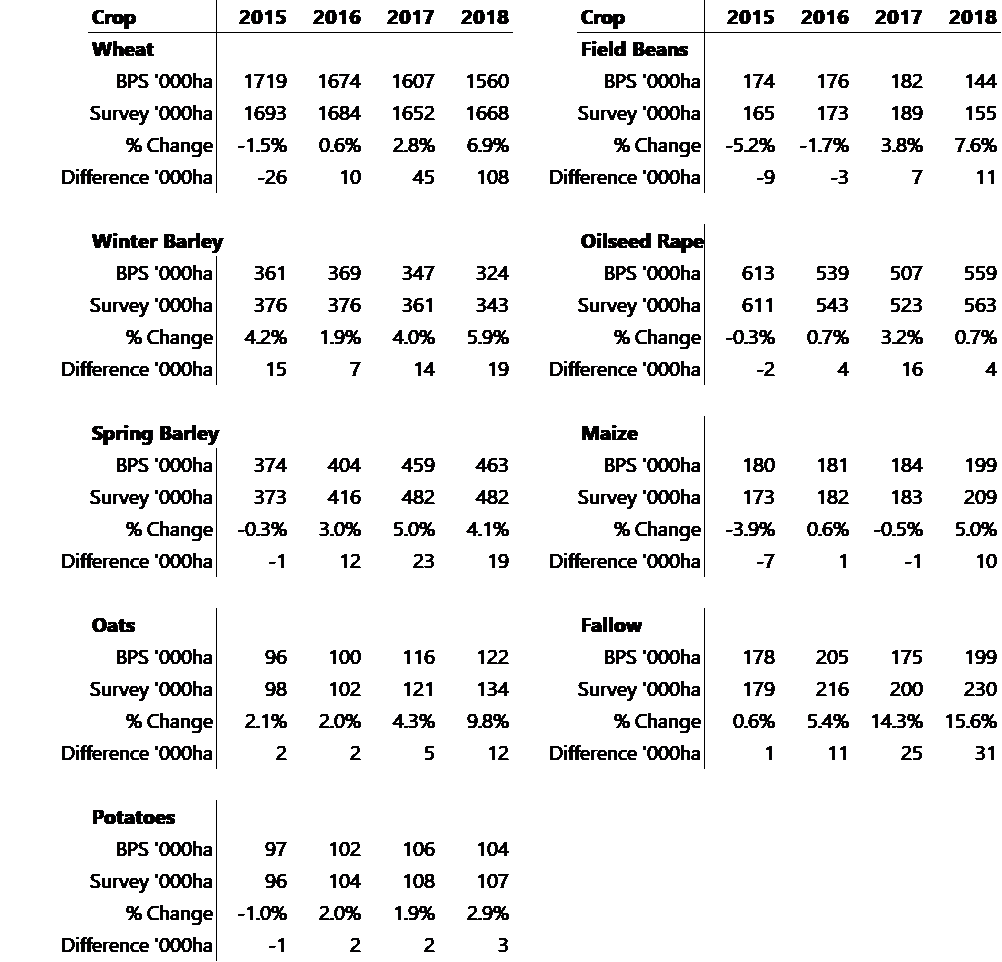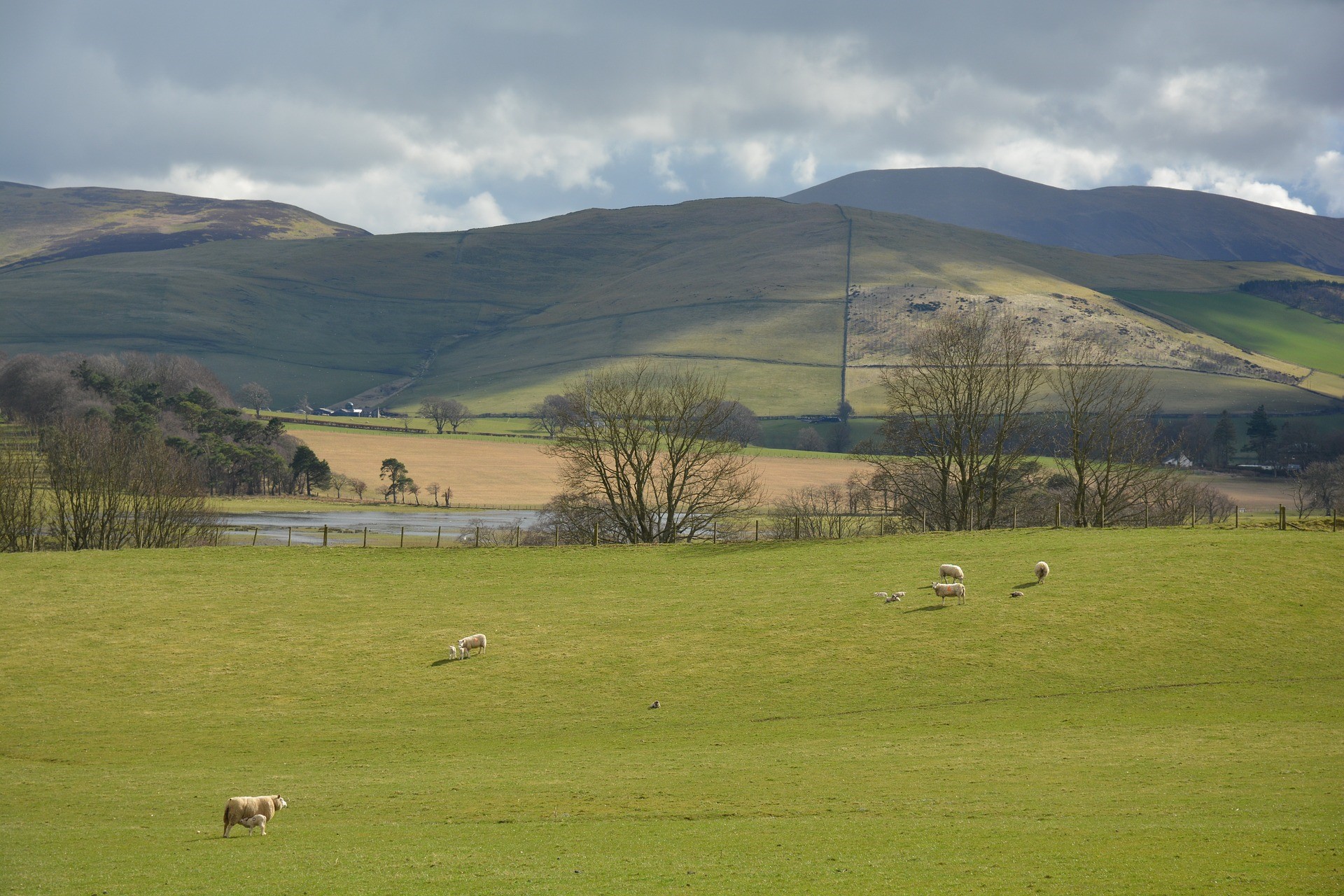The 2018 BPS application window in England is now open.
Guidance
All the scheme guidance, forms and continuation booklets can be found on the dedicated BPS 2018 page on Gov.UK at https://www.gov.uk/guidance/bps-2018?dm_i=4G3E,75XJ,330Y6P,RWC4,1 this includes:
- Basic Payment Scheme : rules for 2018
- BPS Key dates 2018
- BPS Land use codes
- Greening workbook for 2018
- Winter varieties of Brassica crops
- Young and New Farmer form
- Guide to Cross Compliance 2018
- RLE1 form and guidance
- Digital mapping updates – explained
- Continuation booklets for Parts C, D & E
There is also guidance on how to make an online claim, including a checklist and troubleshooting questions.
Help on how to make a paper application is also available. Paper forms are due to be sent out about a week later and therefore should be with claimants by the end of March. They will only be sent to those who applied on paper in 2017 and do not have an agent ‘registered’ to them on the Rural Payments System. To ‘switch’ from paper to online, contact the RPA helpline on 03000 200 301.
Drop-in Centres
Drop-in centres will once again be available at six sites: Carlisle, Exeter, Newcastle, Reading, Workington and York. They will be open from 8.30am to 5pm Monday to Friday (excluding bank holidays) from 1st May until 15th May. Currently there are no plans to open weekends or late nights.
Hedge Layer
As previously reported there is a new Hedge Layer. This can be found in each individual land parcel information in the View Land section. In each individual land parcel map there is now a ‘hedges’ tab next to the ‘map’ and ‘photo’ tabs. If the hedges tab is clicked, the hedges are marked in a blue/grey colour. Below the parcel land cover information are details on each hedgerow for the field. If you click on this, the corresponding hedge is highlighted in purple. Similarly if you click on the hedge on the map, the corresponding hedge information is highlighted in the list. The details contain the length of the hedge and whether it is eligible for EFA or not. To change the hedge information an RLE1 and map will need to submitted.
The measuring tool is also back for 2018 and is available on the View Land screen (same as the Hedge Layer) as it was in 2016.
Amending a Land Cover
If you wish to change a Land Cover (i.e. Permanent Grassland, Arable, Permanent Crops or non-agricultural) it maybe possible to use a new telephone route. This could be beneficial where there has been an incorrect PLCD mapping update. This route is only possible where there is just one land cover in the field parcel and all of it needs changing to a different one. If this is the case it should be possible to contact the RPA on 03000 200 301 and request the change, for all other amendments (i.e. more than one land cover, split field) where a map will be required, an RLE1 will need to be submitted.
Nitrogen Fixing Crops
The online system automatically assumes that NFC will be used for EFA. If PPPs have been applied to NFC and they are not being used to meet EFA requirements this will have to be amended. This is a similar process to when fallow is only being used to satisfy Crop Diversification requirements and not being used for EFAs. In both cases claimants need to go to ‘Applications’, ‘Make changes to your application’ and click on ‘Use less EFA than available’.
Active Farmer
Although the Active Farmer rules no longer apply and the negative list and readmission routes are no longer relevant in England, the decision was made too late to change the Rural Payments Online system. This means that all applicants will still need to complete the Active Farmer declaration, but whatever their situation, everybody ‘ticks’ the option ‘No – I qualify as an Active Farmer.






